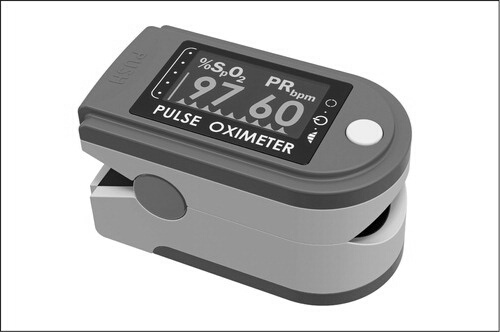Alex Hough called the pulse oximeter ‘the physiotherapist’s friend’ because it allowed the therapist to get instant feedback on the effect of their handling on patients who had unstable or chronically compromised cardiorespiratory systems. Worn as a finger, ear, toe, or nose probe, the pulse oximeter may well be one of the most useful and practical inventions in cardiorespiratory medicine.
Before the invention of the ‘pulse-ox’, blood oxygen levels could only be acquired through a blood sample passed through a gas analyser. This was slow, awkward and unhelpful for critically ill patients whose condition changed rapidly. But although much of the science of oximetry was known in the 18th and 19th centuries (Van Meter et al., 2017), it was not until unpressurised fighter planes began climbing higher to avoid detection and increase speed, that research began to explore how to stop the inevitable hypoxia-induced air crashes.
The technology that allowed the oximeter to capture the right light, and from that to infer the amount of oxyhaemoglobin in the blood came in the 1940s, and in the 1970s machines began to record the pulse. The first commercial pulse-ox was manufactured in Japan in 1974, and they became ubiquitous after the 1980s. Today, even smart watches can measure blood oxygen, as anaesthetic technology makes its way, once again, into the mainstream.
Description provided by David Nicholls of New Zealand.
References:
Van Meter A, et al. 2017. Beat to Beat: A Measured Look at the History of Pulse Oximetry. J Anesthetic History, 3(1), 24-26. https://doi.org/10.1016/j.janh.2016.12.003

